Which Type Of Regenerative Braking System Uses An Electrohydraulic System
Which type of regenerative braking system uses an electrohydraulic system. Electro-hydraulic braking in automotive applications. Immediately or stored until needed. Electrohydraulic type which is comprised of a brake pedal.
The Selection Criteria for an effective energy Storage includes. The regenerative braking system should be well coordinated with the mechanical braking system. The Energy recaptured by.
The electro-hydraulic hybrid brake system mainly consists of a motor regenerative braking system a brake pedal simulator stroke simulator a pressure control unit a brake control unit brake-ECU a vehicle control unit TSH-ECU and pressure sensors hydraulic sensors. When you want to slow down or stop an electric motor you have a variety of options one of the more efficient options especial. DIFFERENT TYPES OF REGENERATIVE BRAKING SYSTEM Based on the mode of storage of energy some of the system developed can be listed they are- Electric Regenerative braking Hydraulic Regenerative Brakes.
Whenever the regenerative braking torque is insufficient to offer the same deceleration rate as available in conventional vehicles the hydraulic braking torque is applied. This is a new type of braking system that can recollect much of the cars kinetic energy and convert it into electrical energy or mechanical energy. Hydraulic regenerative braking vehicles are being introduced into the industry by companies such as Parker Hannifin Corporation and Eaton Corporation.
Using regenerative braking system in a vehicle not only results in the recovery of. Electromagnetic braking systems can be found in many modern and hybrid vehicles. The chance of brake failure is very less in case of the hydraulic braking system.
Regenerative braking is an energy recovery mechanism that slows down a moving vehicle or object by converting its kinetic energy into a form that can be either used immediately or stored until needed. To Recover Store Braking Energy. For an EHB an electronically controlled brake system and electronic stability control the use of an oil pump and a hydrauliccontrolunithasbeendeveloped67.
This contrasts with conventional braking systems where. High energy transfer rate.
Answer 1 of 3.
In the process of the train when the train applied a brake kinetic energy releases and the current in the motors reversed which acts as a generator. For an EHB an electronically controlled brake system and electronic stability control the use of an oil pump and a hydrauliccontrolunithasbeendeveloped67. Using regenerative braking system in a vehicle not only results in the recovery of. To Recover Store Braking Energy. In general EVs are equipped with the regenerative-hydraulic hybrid braking system. Electro-hydraulic braking in automotive applications. The chance of brake failure is very less in case of the hydraulic braking system. Whenever the regenerative braking torque is insufficient to offer the same deceleration rate as available in conventional vehicles the hydraulic braking torque is applied. The ESU performs two primary Functions.
A brake-by-wire system such as the electronic hydraulic brake EHB or an electric actuator has been used in the friction brake system for regenerative braking cooperative con- trol. The Selection Criteria for an effective energy Storage includes. ELEMENTS OF REGENERATIVE BRAKING SYSTEM Energy Storage Unit ESU. High energy transfer rate. Strong mild and medium hybrids. Whenever the regenerative braking torque is insufficient to offer the same deceleration rate as available in conventional vehicles the hydraulic braking torque is applied. Through characteristics that enable the EHB system to precisely control the braking process of electric vehicles a.

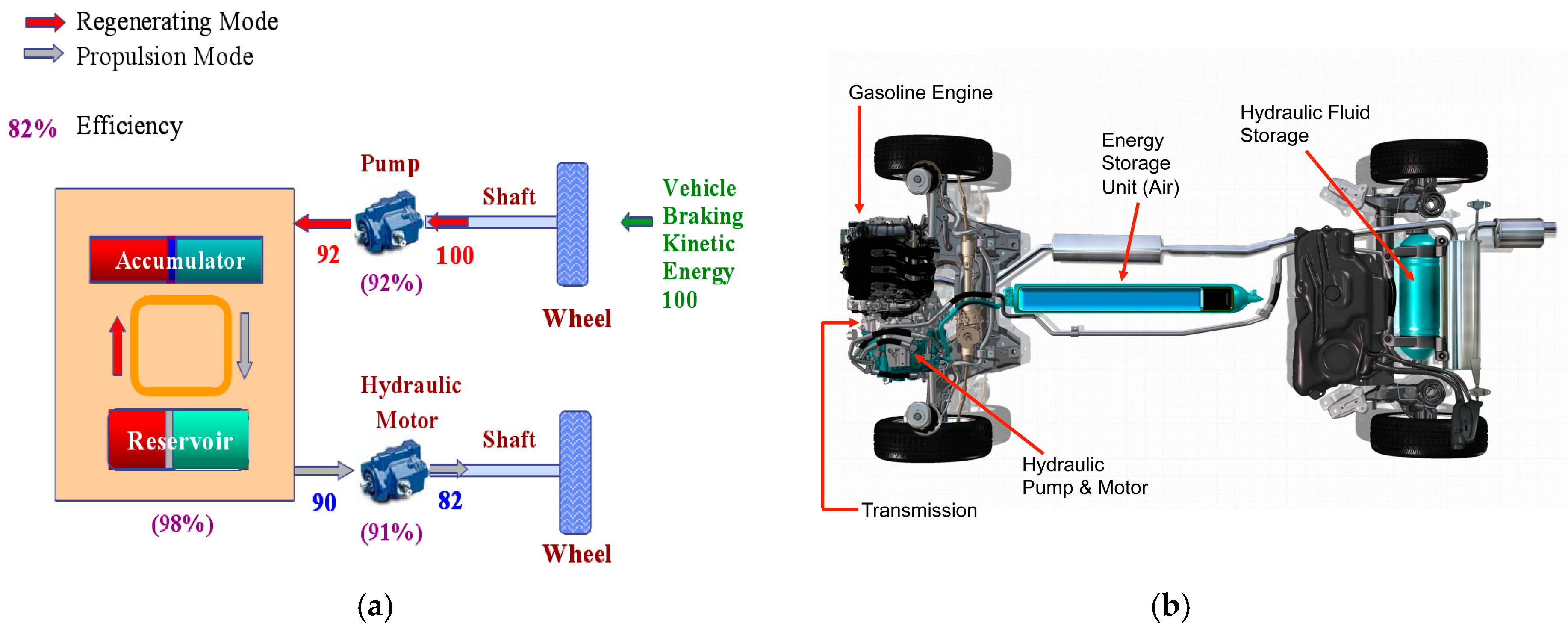
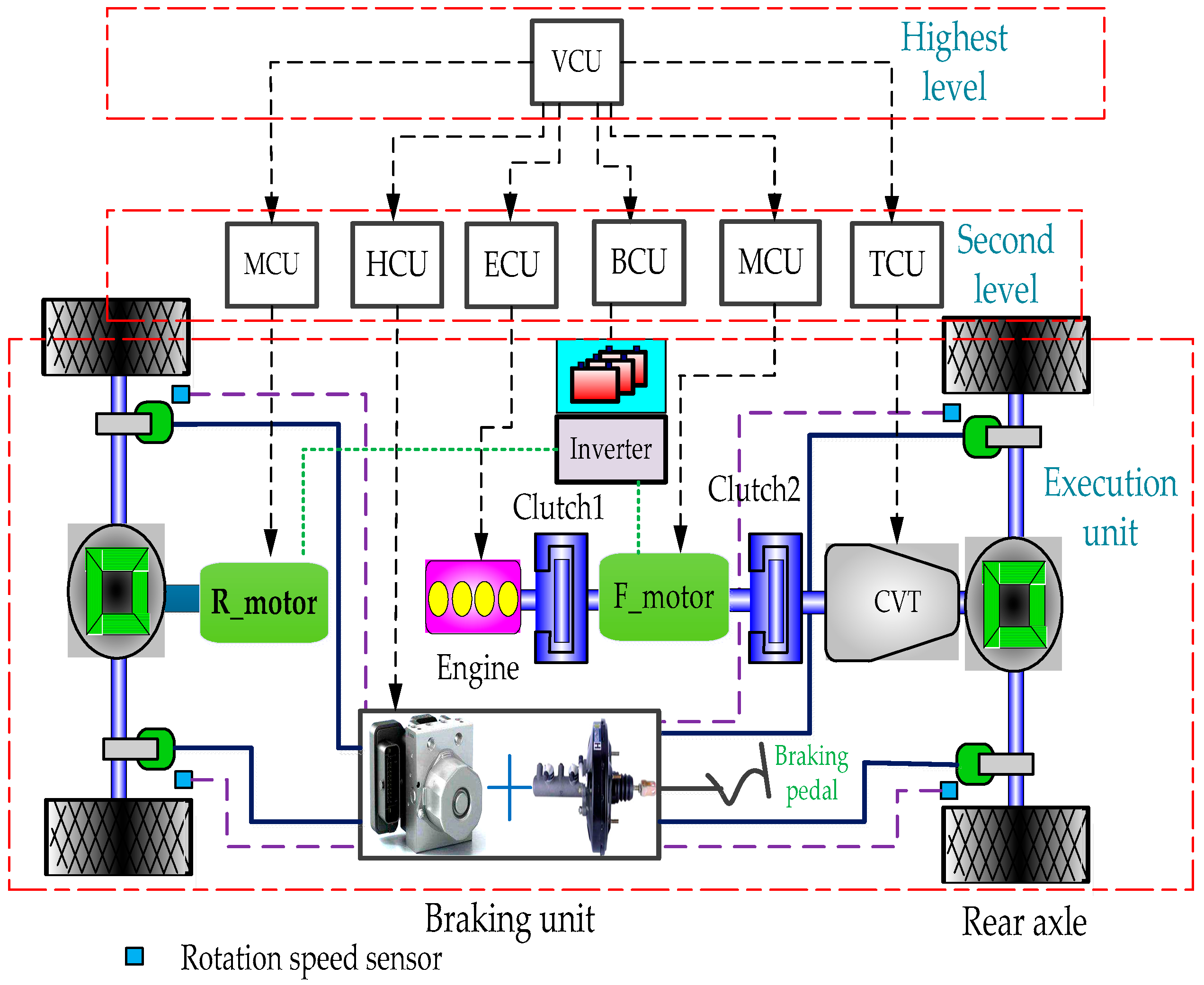
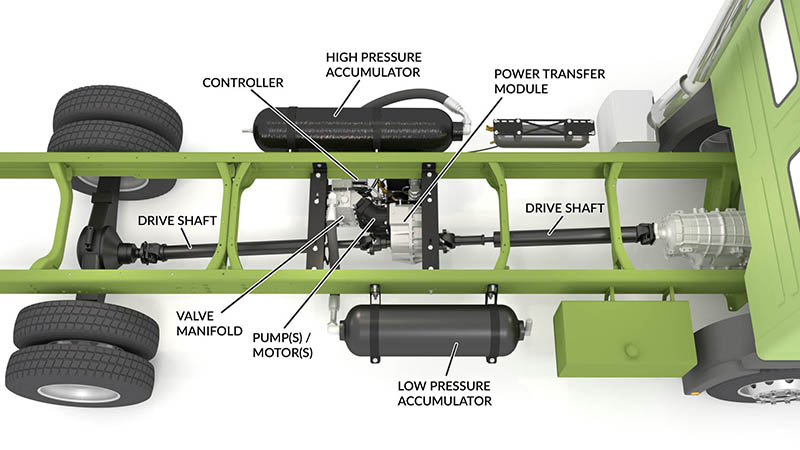
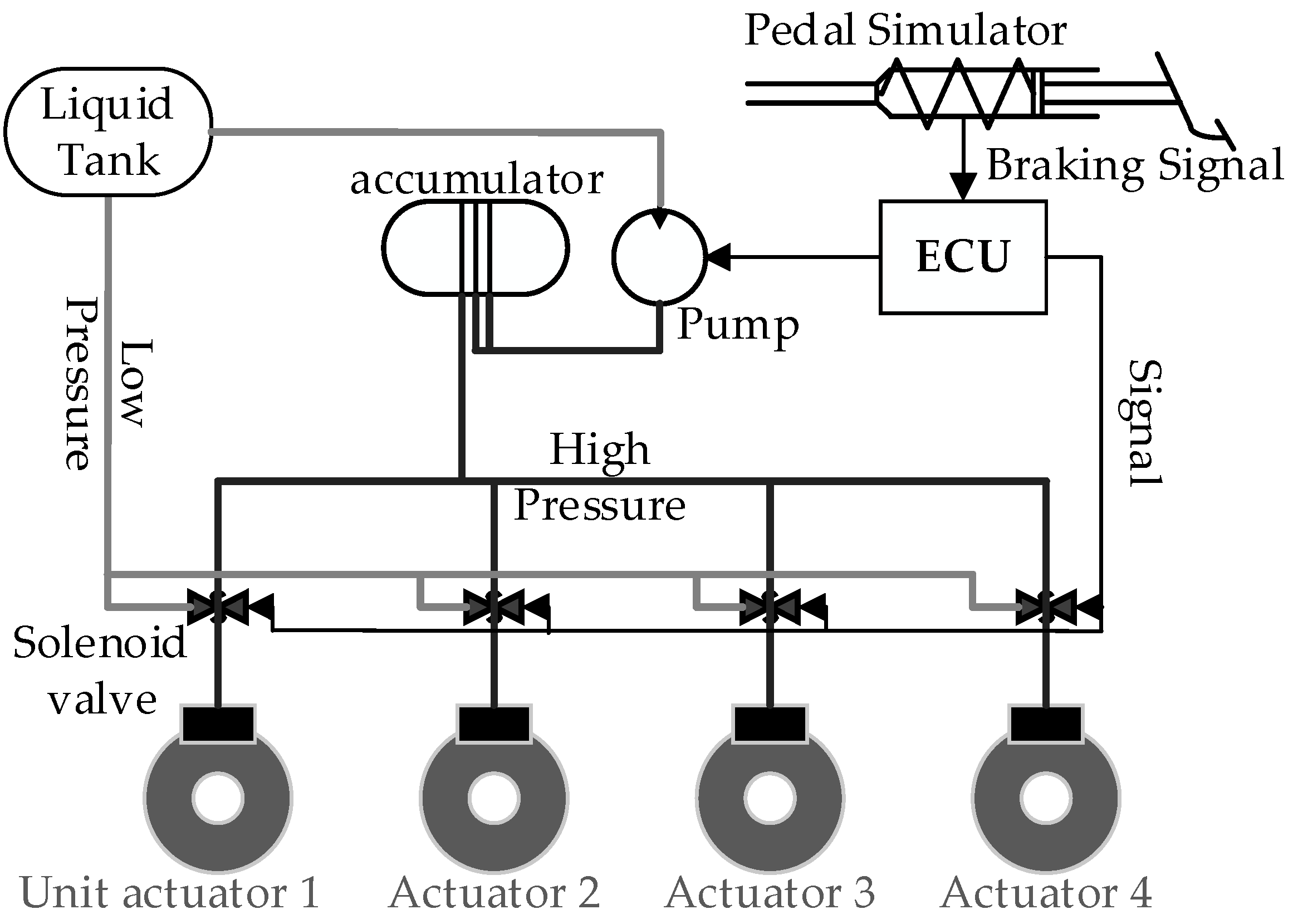




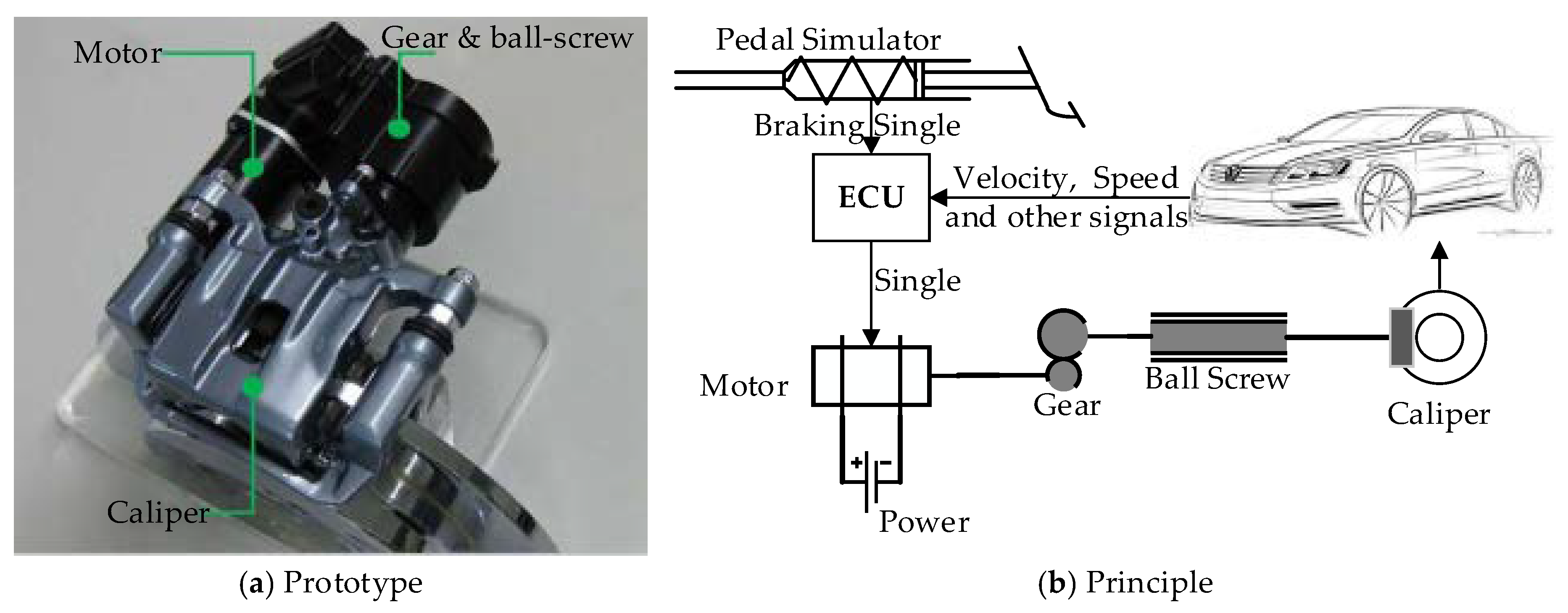

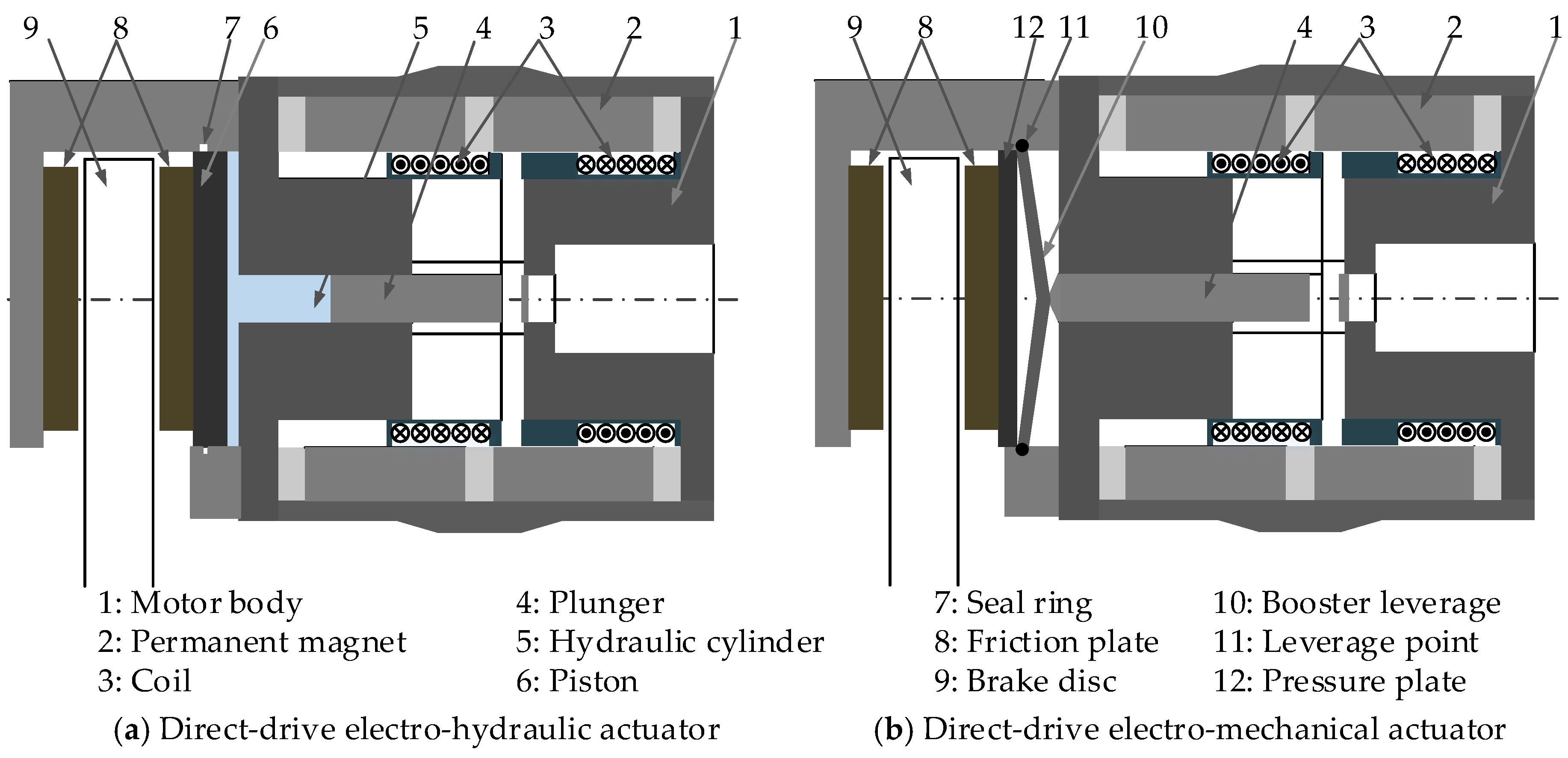
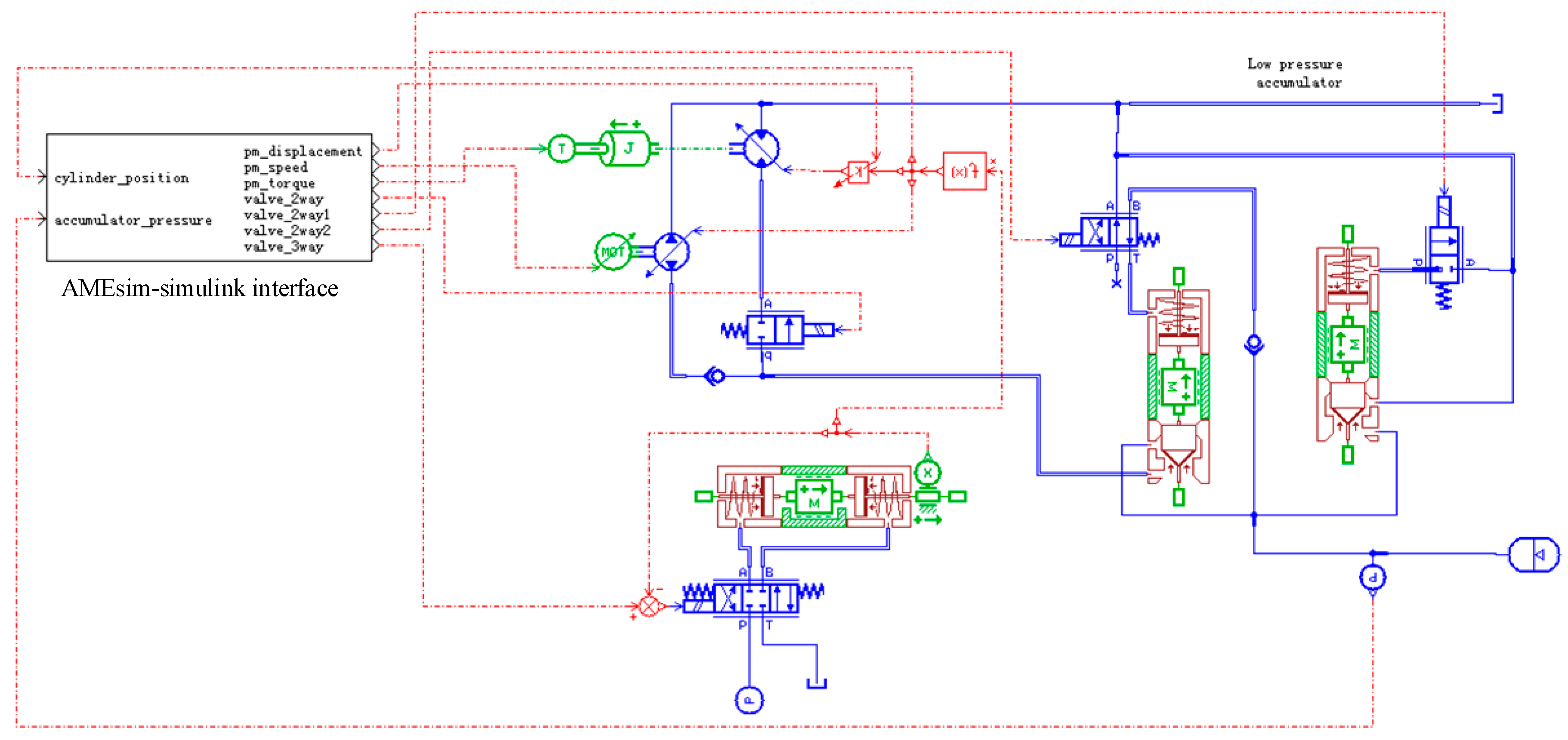



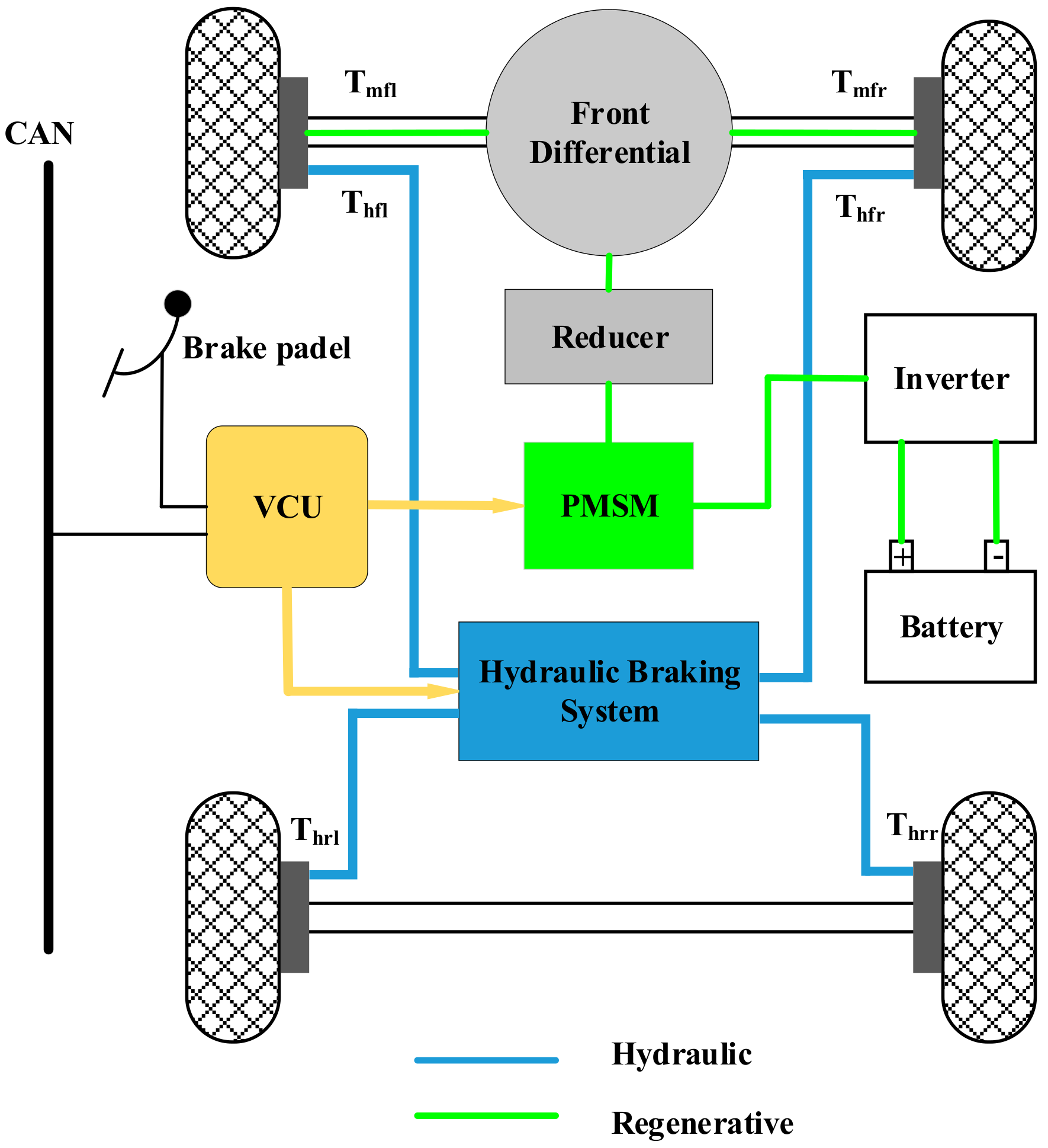


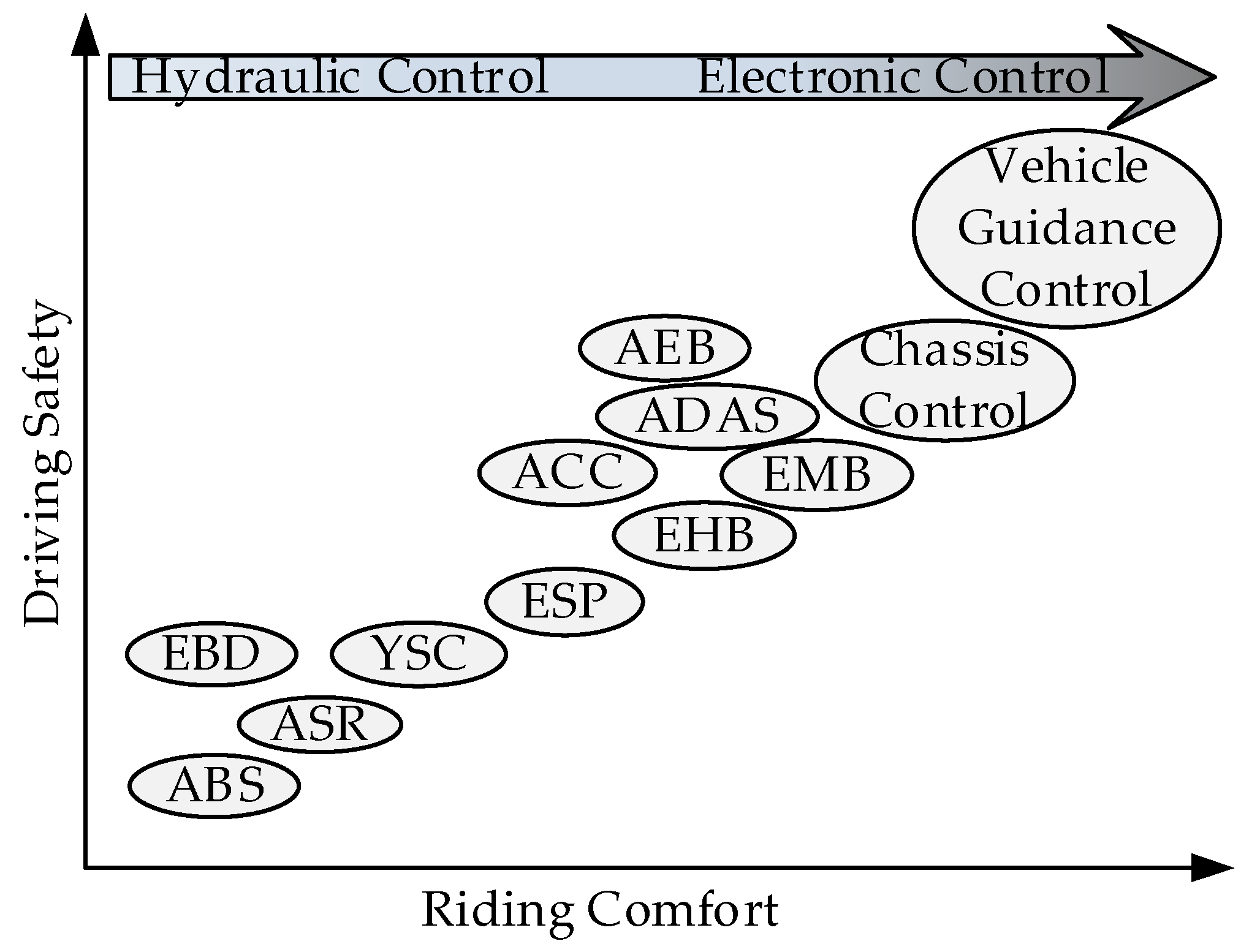





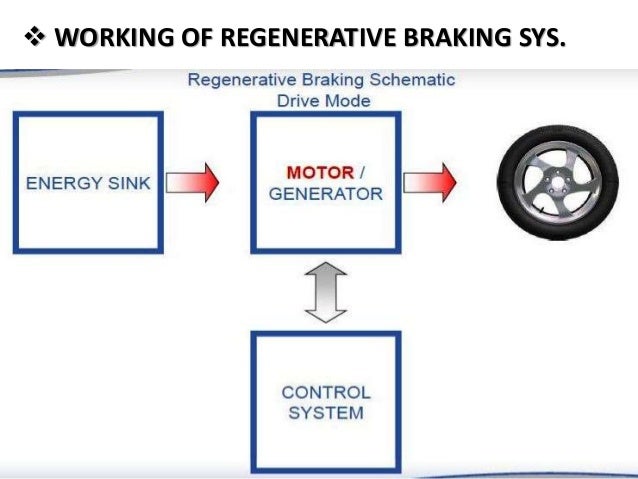





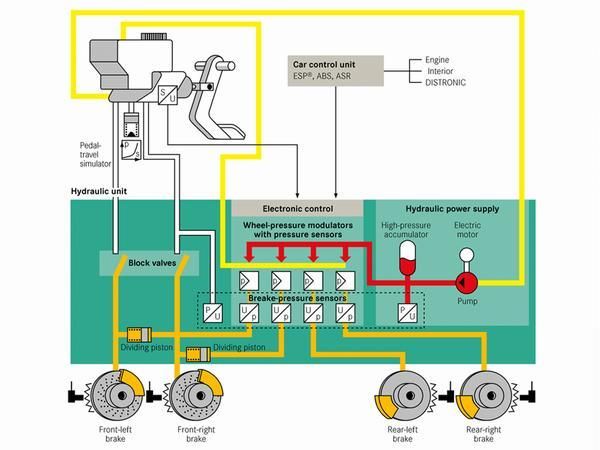
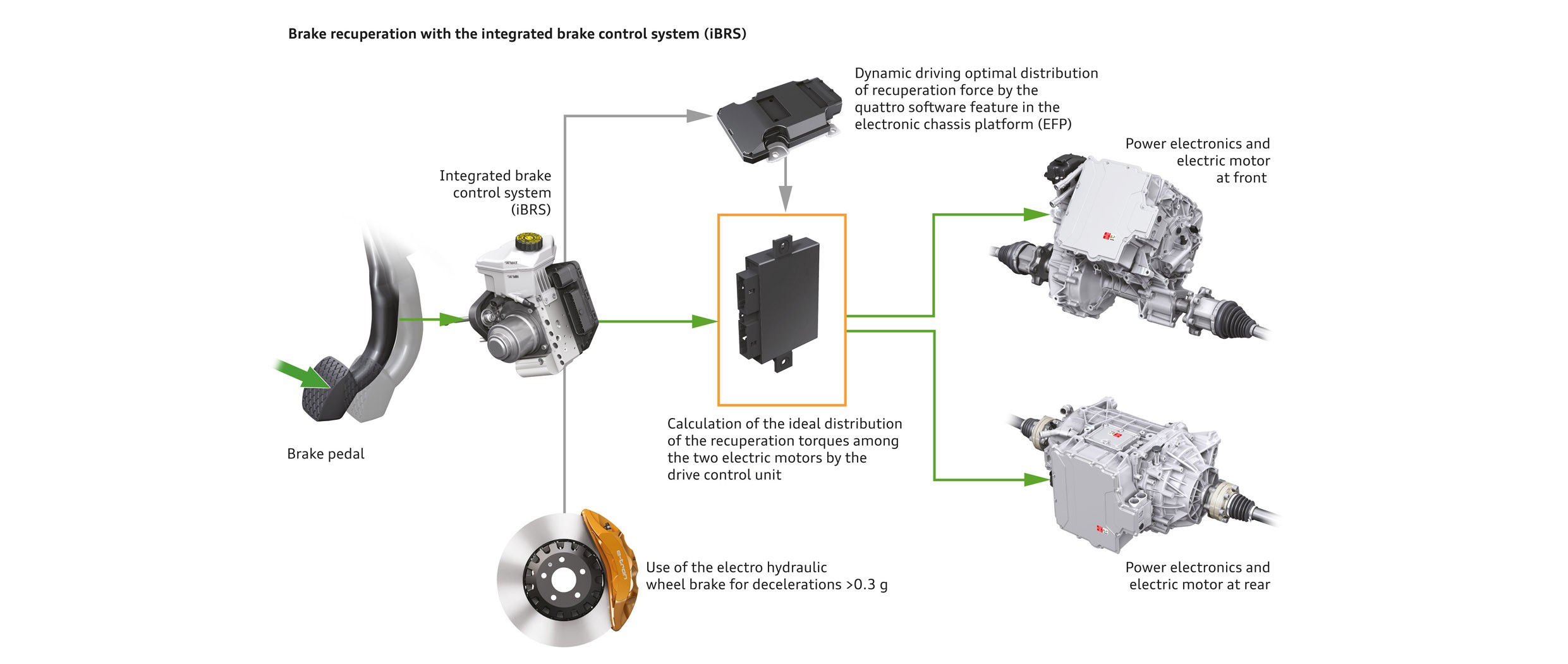
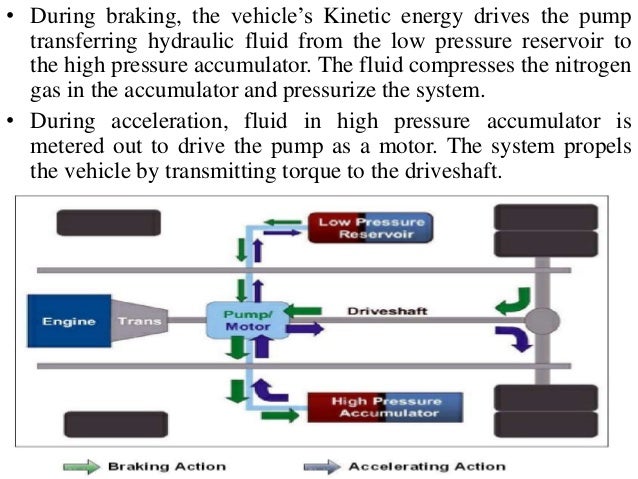





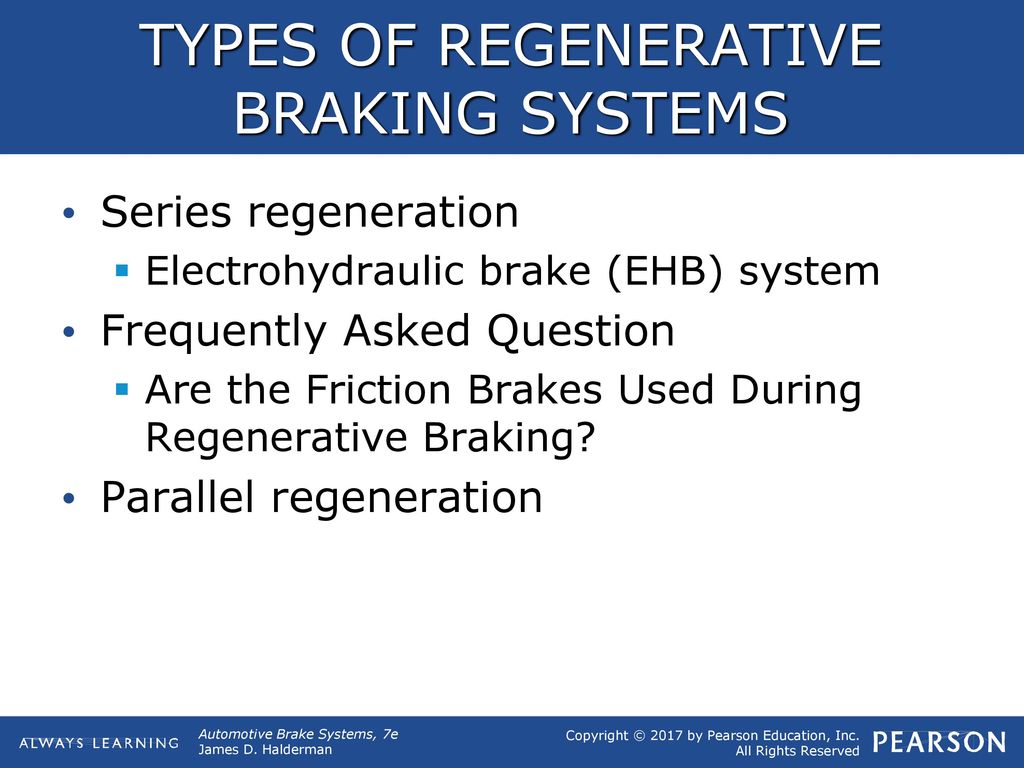



Posting Komentar untuk "Which Type Of Regenerative Braking System Uses An Electrohydraulic System"